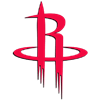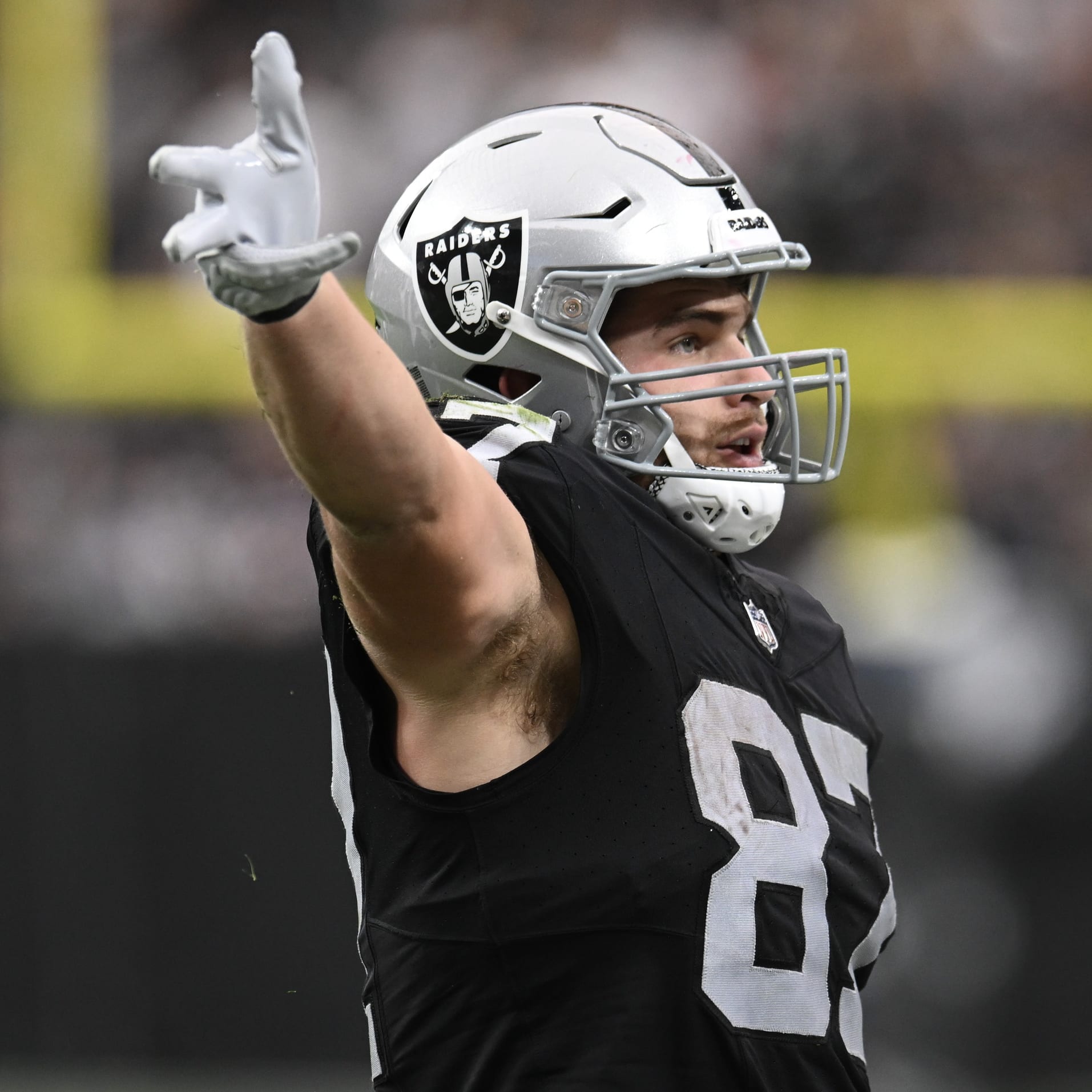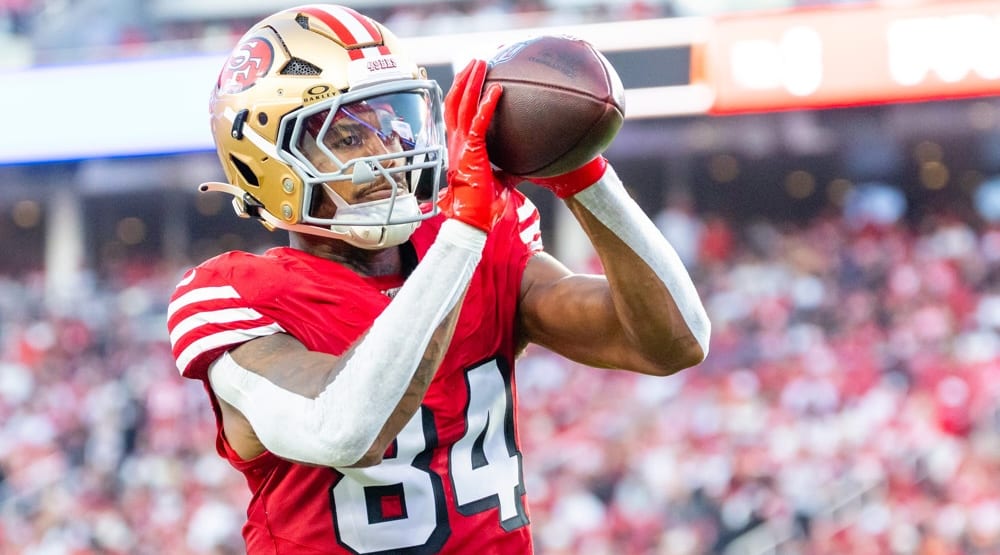Being an injury analyst can be maddening sometimes, especially when teams fail to provide specifics regarding an injury. Needless to say, I was pleasantly surprised when the Seahawks let out a surprisingly transparent press release detailing Wilson's right middle finger injuries. The details came directly from Dr. Steven Shin, the surgeon who operated on Wilson, and included descriptions of both issues.
Shin revealed the first injury was a mallet finger injury. Mallet finger generally occurs when an athlete strikes the tip of the finger on the ground or an object. In Wilson's case, this occurred when he struck the helmet of a Rams defender. The resulting force caused one of the tendons that extends the finger to tear away from its anchor site. As a result, the distal end of the finger is usually unable to straighten and must be stabilized and splinted.
The second injury detailed the extent of the bone-related injury. Dr. Shin disclosed that Wilson also suffered "a comminuted fracture-dislocation of the proximal interphalangeal joint." The first word, comminuted, means the bone fractured into multiple pieces. The dislocation means the bone was also forced out of alignment, specifically where the first bone of the middle finger meets the second at the proximal interphalangeal joint (PIP).
Dr. Shin repaired both injuries, and the team is confident that Wilson will be able to return to his normal style of play. However, when that will occur remains uncertain. The initial timeline was six-to-eight weeks, though there is growing optimism
Being an injury analyst can be maddening sometimes, especially when teams fail to provide specifics regarding an injury. Needless to say, I was pleasantly surprised when the Seahawks let out a surprisingly transparent press release detailing Wilson's right middle finger injuries. The details came directly from Dr. Steven Shin, the surgeon who operated on Wilson, and included descriptions of both issues.
Shin revealed the first injury was a mallet finger injury. Mallet finger generally occurs when an athlete strikes the tip of the finger on the ground or an object. In Wilson's case, this occurred when he struck the helmet of a Rams defender. The resulting force caused one of the tendons that extends the finger to tear away from its anchor site. As a result, the distal end of the finger is usually unable to straighten and must be stabilized and splinted.
The second injury detailed the extent of the bone-related injury. Dr. Shin disclosed that Wilson also suffered "a comminuted fracture-dislocation of the proximal interphalangeal joint." The first word, comminuted, means the bone fractured into multiple pieces. The dislocation means the bone was also forced out of alignment, specifically where the first bone of the middle finger meets the second at the proximal interphalangeal joint (PIP).
Dr. Shin repaired both injuries, and the team is confident that Wilson will be able to return to his normal style of play. However, when that will occur remains uncertain. The initial timeline was six-to-eight weeks, though there is growing optimism since the surgery that he could be back on the field in as little as four weeks. Those invested in Wilson will need to remain patient here and hope we continue to get good news as his recovery progresses. Geno Smith will take over for the Seahawks but can't be expected to retain the same value as Wilson. Seattle receivers, including DK Metcalf and Tyler Lockett, should also be downgraded for the foreseeable future.
Just when Barkley appeared to be returning to form, the Giants running back suffered a left ankle injury in the team's loss to the Cowboys. The injury occurred when Barkley stepped on the foot of a Dallas defender, violently forcing the joint into a direction known as inversion. TV images from the game showed the joint significantly swollen, just minutes before he was carted off the sidelines. Fortunately, X-rays did not reveal a fracture, and the injury is considered a lateral ankle sprain. The running back is expected to miss time, but the team feels they avoided a much more significant injury.
Barkley missed three games during the 2019 season with an ankle injury, but that was a high-ankle sprain on the opposite leg. The hope is he can return in a week or two, though the team will be cautious with their approach considering his growing injury history. Devontae Booker is now the feature back in New York. While his 42 rushing yards on 16 attempts left a lot to be desired, Booker did find the endzone twice after Barkley went down. He's worth a speculative add with all the injuries currently facing running backs.
The Chiefs expect their second-year running back to miss multiple weeks after he suffered a sprained medial collateral ligament (MCL) in his left knee during Sunday's loss to Buffalo. The estimated timeline suggests a moderate (potentially Grade 2) sprain, though it does not appear he suffered any subsequent meniscus damage. Fibers of the MCL intertwine with the medial meniscus of the knee, and it's relatively common to see some degree of meniscus damage when the ligament is sprained. However, Kansas City does not feel that is the case here, and surgery will not be necessary. Darrel Williams and Jerick McKinnon will move up the Chiefs depth chart and see an increase in reps.
Turf Burns
Chris Carson: Carson did not play in Week 5 and remains a question mark for the week ahead. The Seattle running back is currently nursing a sore neck, though the root of the problem has not been revealed. It's likely muscular in nature and should improve with rest and treatment. The team currently considers him day-to-day for its upcoming contest with Pittsburgh. The situation could get dicey for fantasy managers if Carson is a true game-time decision, as Seattle is playing in the Sunday Night game. Alex Collins would get a second straight start should Carson be unable to suit up.
JuJu Smith-Schuster: The Steelers wideout is done for the season after suffering a severe shoulder injury. Smith-Schuster dislocated the glenohumeral joint of his shoulder. The displacement was medically reduced, meaning a procedure was needed to realign the joint, and surgery will likely be necessary to repair the resulting labrum damage. His rehab and recovery should be finished in time for training camp in 2022.
Daniel Jones and Kenny Golladay: Barkley's injury garnered the headlines, but both Jones and Golladay left Sunday's game with injuries as well. Jones suffered a concussion while attempting to run in a score and was clearly woozy when he got to his feet. He was helped off the field and quickly ruled out. Jones will have to complete the league's mandated concussion protocol before he can return to action. Broncos quarterback Teddy Bridgewater was able to return to action without missing any time after completing the protocol following his Week 4 concussion. However, the variability in concussions from person to person is part of the reason why the injury is difficult to manage, and Jones shouldn't be considered a lock for Week 6. Mike Glennon would start at quarterback should Jones be ruled out.
Golladay suffered a hyperextend knee in the same game and was unable to play after halftime. Unfortunately, the Giants haven't offered up much of an update other than confirming the knee was hyperextended. While this confirms how the injury occurred, it does not tell us what types of tissues are involved. Consider him day-to-day for now, but I'm betting he misses at least one week.
Travis Kelce: The Chiefs All-Pro tight end suffered a stinger in Sunday's loss to Buffalo. The term stinger or burner is used to describe a traction injury to the brachial plexus, a bundle of nerves that extends from the neck and into the upper extremity. The resulting pain and numbness often resolve quickly but can last for days in certain situations. Kelce's injury was described as a "little bit of a stinger," suggesting the issue is resolved. Look for the Chiefs to have Kelce in the lineup barring an unforeseen setback. Tyreek Hill is also expected to play despite what appears to be a lingering case of tendinitis.








































